Book Review - Mark Z. Danielewski's House of Leaves
 House of Leaves by Mark Z. Danielewski
House of Leaves by Mark Z. Danielewski
Published by: Pantheon
Publication Date: January 1st, 2000
Format: Paperback, 709 Pages
Rating: ★★
To Buy
Johnny Truant comes into possession of a very odd manuscript written by a man named Zampano. Zampano had spent his life assembling the definitive study of the documentary film The Navidson Record, about the Pulitzer Prize winning photojournalist Will Navidson and his companion Karen Green who move into a house on Ash Tree Lane with their two young children. The film deals with the startling realization that their house is bigger on the inside than it is on the outside. At first it's just little discrepancies, but soon a door appears. Behind the door is a large and every changing labyrinth thats size is incalculable. They soon start to film their discoveries and even mount a expedition into the depths of the house. The assembled footage is what makes up The Navidson Record.
Only Johnny Truant finds that The Navidson Record apparently doesn't exist. Johnny soon becomes obsessed with finishing Zampano's work, but at the same time he is descending into the same madness that claimed the old man. Johnny is attaching tape measures to the floors and walls of his apartment to make sure they don't move. He rarely ventures out anymore. He is a man obsessed. He finds that above all, he needs to find the house. Finding the house might solve everything.
This book has been logically categorized as if The Blair Witch Project was a book. That is about the quickest way to sum up this book without driving your listener insane. The book is a weird post-modernist twist on literature wherein all the narrators are unreliable and some of them might not even be real. This leads me to the question that is of paramount importance to me, is House of Leaves a parody or is it deadly serious? Are all the copious and minuscule footnotes a parody on academic writing? Is the layout meant to be fun, interactive, and slightly off putting? These two diametrically opposed opinions make the book either good or bad. Because if it's parody it's genius, but if it's deadly seriously, I want to cut the author. It's a dense book that is a slow read because there is so much going on with at least four stories being told simultaneously, and of those I really only like one of them. From a design standpoint it's amazingly done, but design alone doesn't make a book work.
This book is insanely layered and nuanced, meaning, the more you read, the more you find. But the problem I had was that the only storyline I wanted to follow was The Navidson Record. I didn't care about Johnny and his lifestyle of dissipation, or of Zampano, who, let's face it, is seriously just a figment of Johnny's imagination. I don't come by that theory lightly. If you skip ahead and read the letters to Johnny from his institutionalized mother who always believes in the power of the Concise Oxford English Dictionary and marking letters that haven't been tampered with with a check mark and then go back to earlier in the book, there's an entry where Zampano quotes directly from the COED and in the lower corner... is that a check mark? Basically proving beyond a shadow of doubt in my mind that Johnny is writing all Zampano's stuff because he is Zampano.
But narrative aside, I don't think this book was good for my health. You know how there are some books that make you feel what it's like to be insane, to be in the shoes of the character, the thing is, I think this book was actually setting out to make me insane and scarily enough succeeding. Hundreds of pages of tiny footnotes just listing photographers or artists or architectural styles gets to you... and yes, I did read them all. Also, all those architectural styles listed to laboriously drill home and prove that the house wasn't like any other architecture but then having the stairs have a banister and the doors frames... that's contradictory... and yes, this are the little things that seeped into my head in the small hours. Seriously, how long before the
cardboard and tinfoil and egg cartoons start decorating my room... Not to even mention how the design made you feel like you had fallen into the book and were trapped in some weird Lewis Carroll world and you where never going to get out and you where never going to be free... I got into some bleak trains of thought with this book, none of them good.
Yet the design of this book is meticulous. If it wasn't for the design you wouldn't have that vertiginous sensation that you were falling into the book. Of course the previous one hundred pages of dense type that softened up your mind to fully lose it was more likely to be affected by stretches of blank pages where there was sometimes only a word per page. One week I would only get through a hundred pages and then the next day I'd get through one hundred and fifty more because of the design. The different fonts to identify authorship made it easy to distinguish whose voice I was listening to and did help to make the book less obtuse. Plus, the subtle blue at every use of the word house and all the minotaur references being in red was pretty darn awesome. But as I said above, design doesn't make a book, unless it's a design book I should point out... the design should support a quality narrative not surpass it. They need to be equal and go hand in glove. I shouldn't be giving a full star to the design and the other star just to the one plot line I liked. This book could have been amazing. Could have been is the key for me. Instead I think I'm a little more off balance then before.





















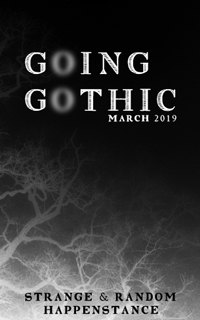
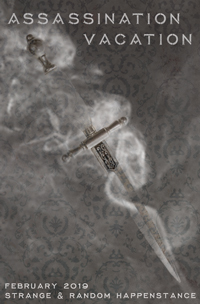
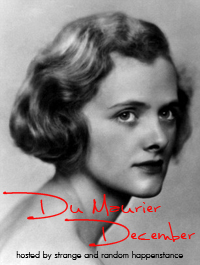
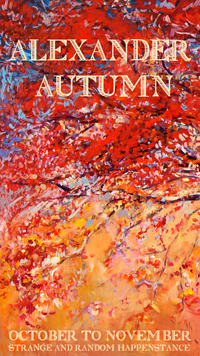
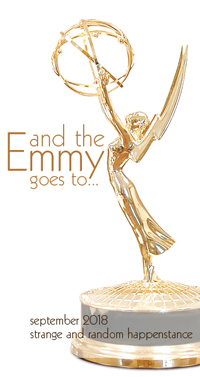




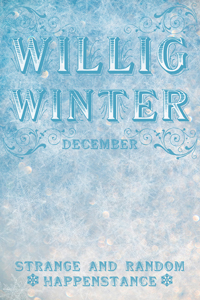

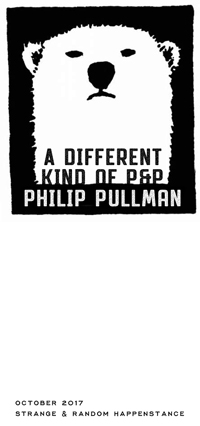


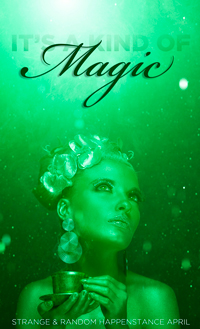
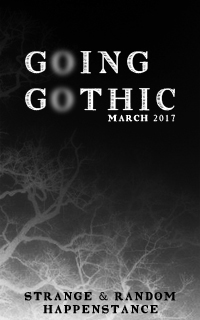

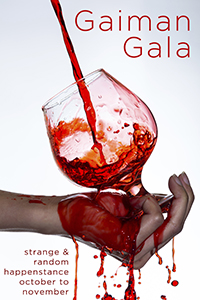
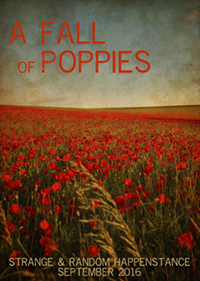



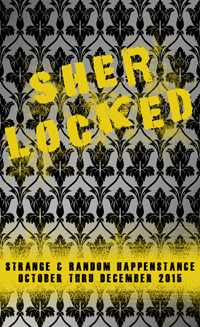
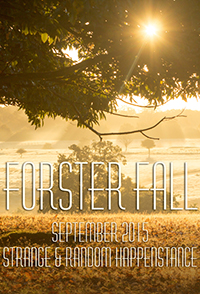
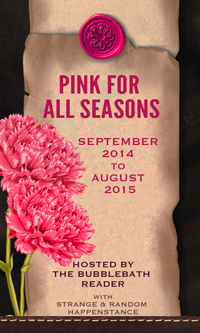
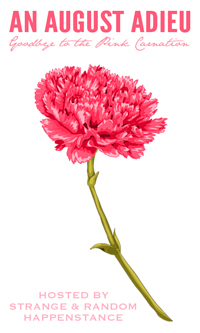

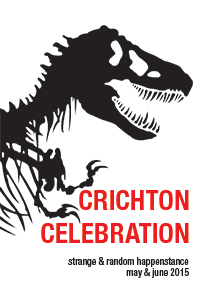


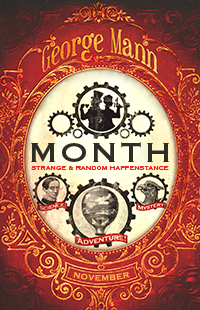

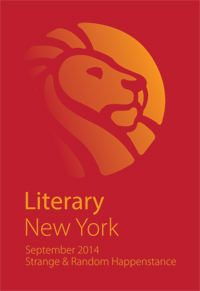
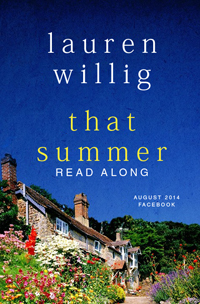


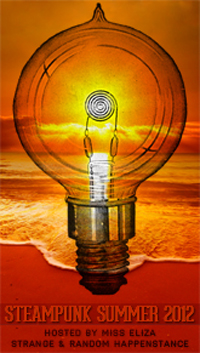
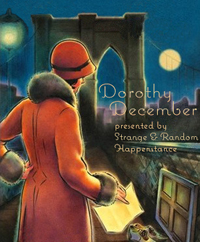





















Post a Comment